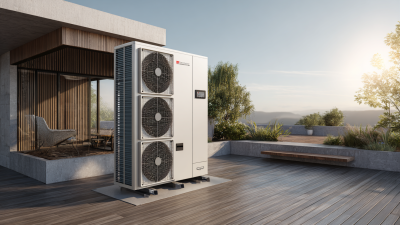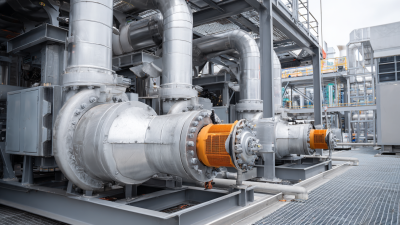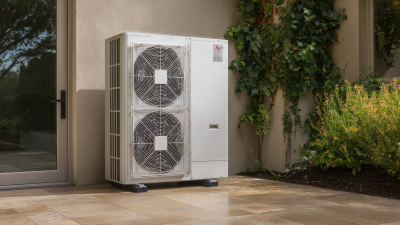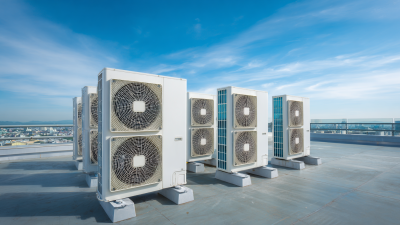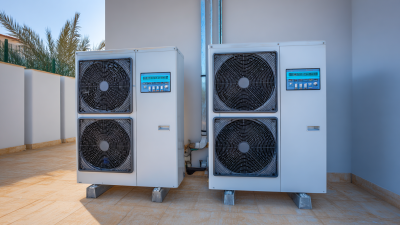Leave Your Message
Air Source Heat Pumps (ASHPs) are becoming increasingly popular due to their numerous benefits in energy efficiency, cost savings, and environmental impact. As an alternative heating and cooling solution, these innovative systems extract heat from the outside air, even in cold weather, and transfer it indoors to keep your home comfortable year-round.
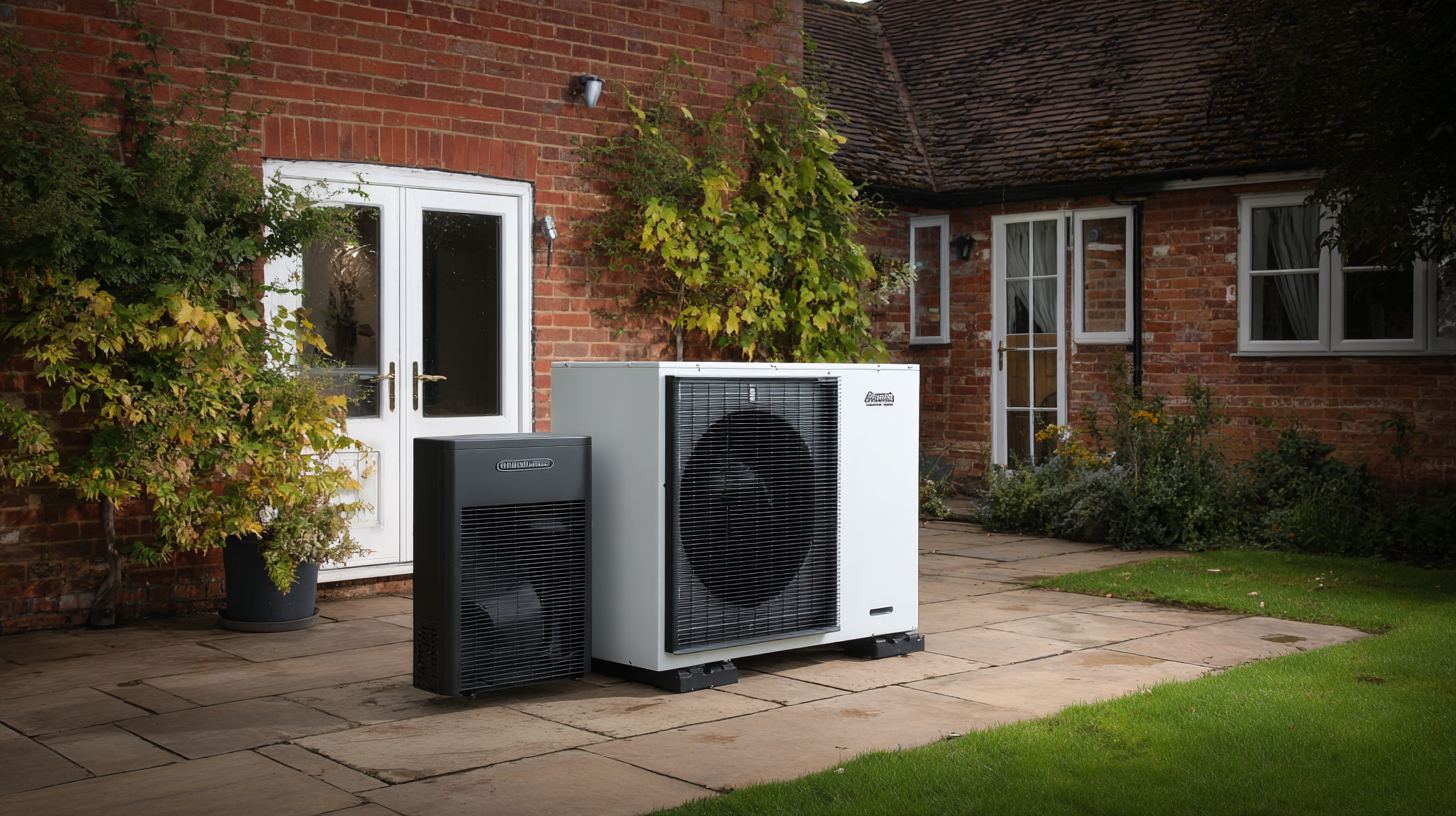
This "How to" guide will explore the various advantages of Air Source Heat Pumps, highlighting not only their ability to reduce energy bills and carbon footprints but also their low maintenance requirements and the potential for government incentives. Understanding these benefits can help homeowners make informed decisions about upgrading their heating and cooling systems, ultimately contributing to a more sustainable living environment.
With the rising importance of energy efficiency in today's world, discovering how Air Source Heat Pumps can enhance your home's performance is essential for any eco-conscious homeowner.
Air source heat pumps (ASHPs) have gained significant attention due to their impressive energy efficiency, making them a sustainable alternative to traditional heating systems. According to the U.S. Department of Energy, ASHPs can achieve efficiencies of 300% to 400%, meaning they can produce three to four units of heat for every unit of electricity consumed. This high efficiency is largely due to their ability to transfer heat rather than generate it, resulting in substantially lower energy consumption.
Furthermore, a study by the Energy Saving Trust estimates that households using air source heat pumps can save between £700 and £1,000 annually on energy bills, depending on the size of the property and local electricity prices. By reducing reliance on fossil fuels, ASHPs contribute to a significant reduction in carbon emissions; the Carbon Trust notes that these systems can reduce household emissions by as much as 2.5 tonnes of CO2 per year. As energy costs continue to rise, the adoption of air source heat pumps not only enhances energy efficiency but also supports broader climate goals.
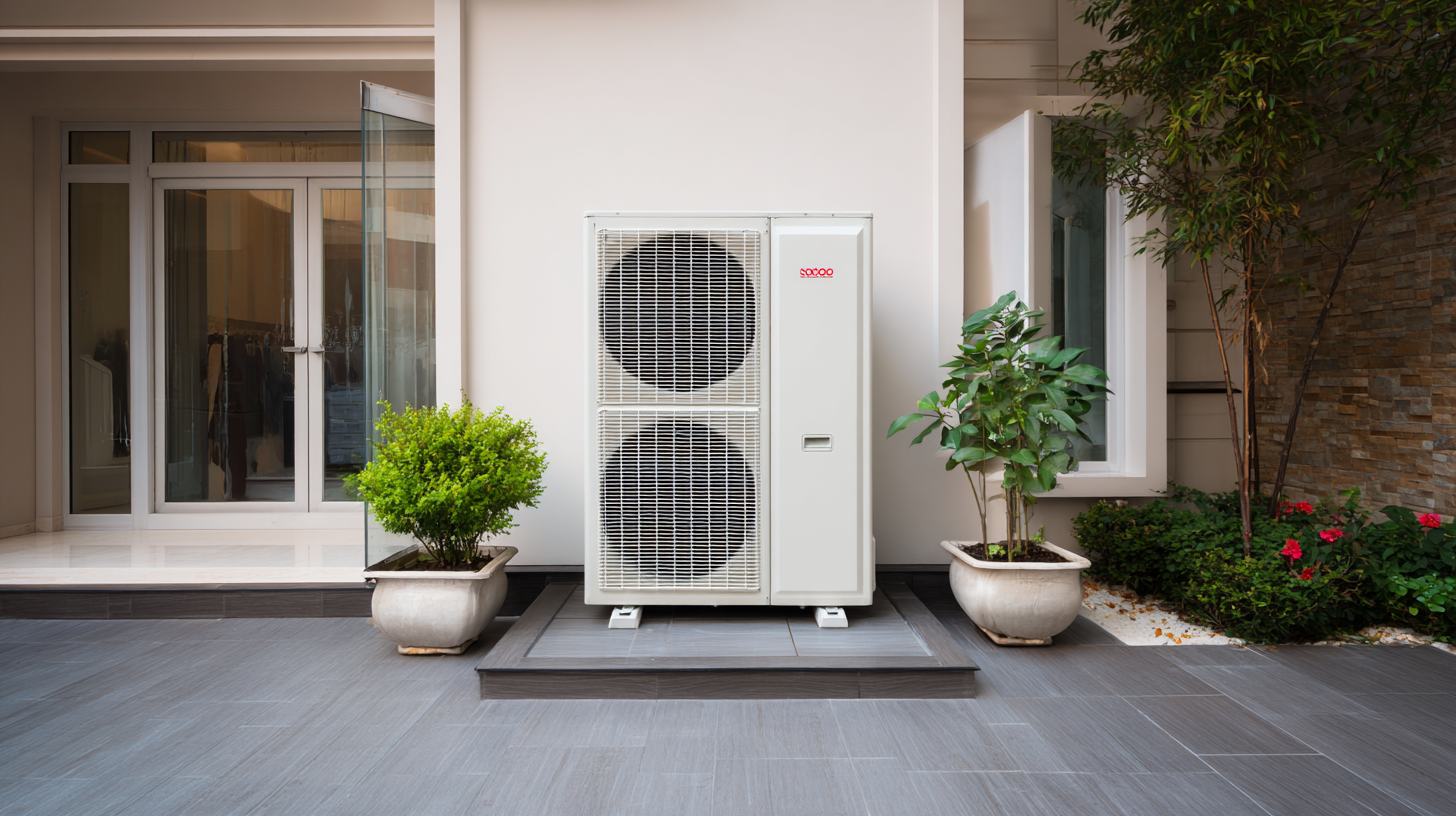
Air source heat pumps (ASHPs) are becoming increasingly popular in residential and commercial heating and cooling systems, primarily due to their substantial cost savings. According to the U.S. Department of Energy, homeowners can save up to 50% on their heating bills by switching from traditional heating methods to ASHPs. This is largely because ASHPs are highly efficient, using electricity to transfer heat rather than generating it through combustion. As energy prices continue to rise, the cost-effectiveness of these systems makes them an attractive option for budget-conscious consumers.
Additionally, a report by the Air Conditioning, Heating, and Refrigeration Institute highlights that installing an ASHP can yield a return on investment of around 20% in moderate climates, where the technology operates most efficiently. Beyond reducing energy bills, ASHPs may also qualify for federal and state incentives, further alleviating initial installation costs. With increasing societal emphasis on energy efficiency and sustainability, the long-term financial benefits of adopting air source heat pumps are becoming hard to ignore for both residential and commercial property owners.
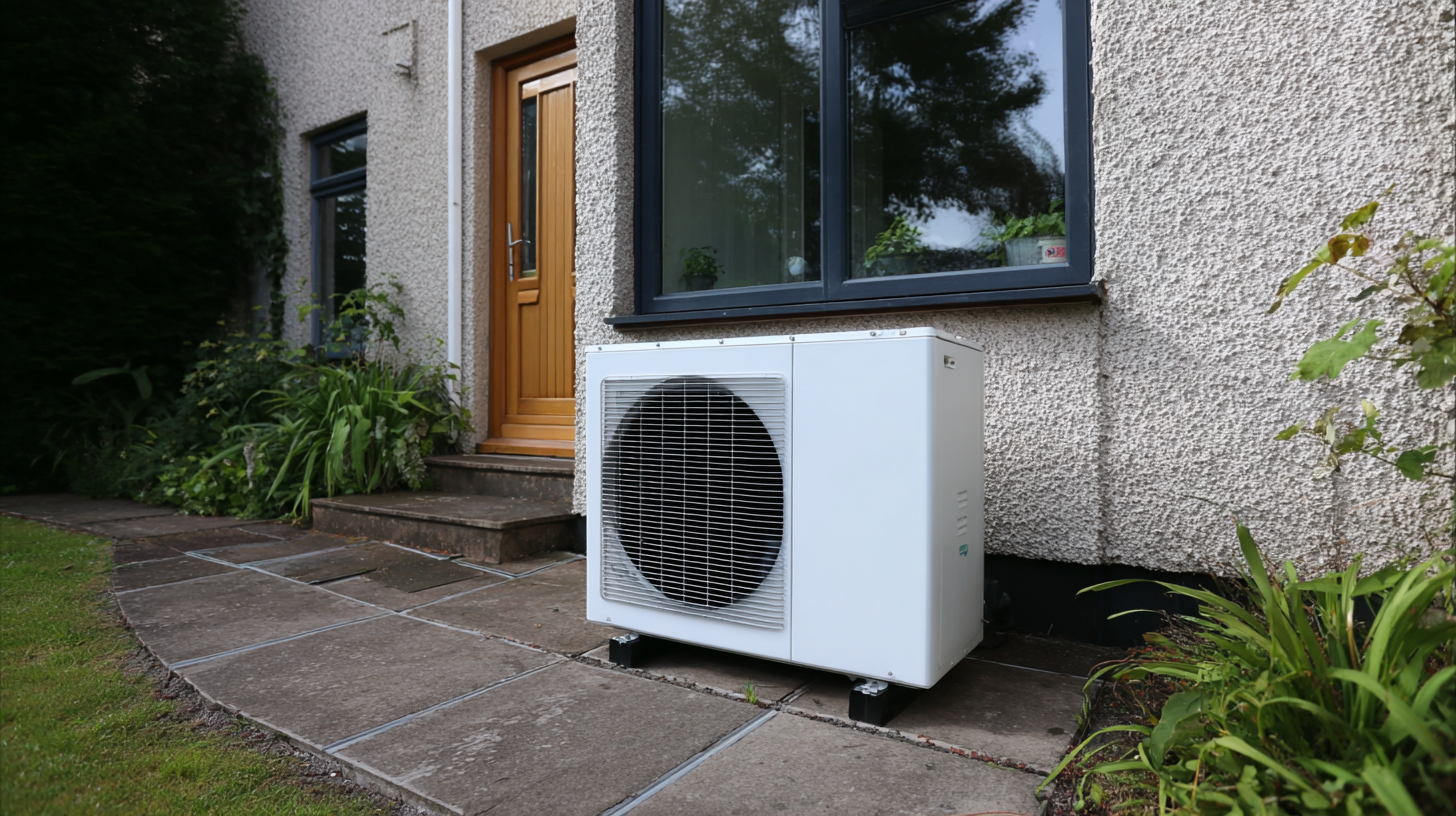
Air source heat pumps (ASHPs) play a crucial role in reducing carbon footprints and mitigating environmental impacts associated with traditional heating methods. Utilizing a life cycle assessment (LCA) approach reveals that ASHPs significantly outperform conventional electric water heaters, leading to reduced greenhouse gas emissions during their operational lifespan. This is particularly evident in regions like Lebanon, where the adoption of ASHP technology can contribute to a more sustainable residential heating solution.
Furthermore, advancements in heat pump technology are pivotal in addressing the growing energy demands in building sectors worldwide. With air conditioning becoming a substantial contributor to energy consumption, the transition to ASHPs not only helps in lowering energy expenses but also diminishes reliance on fossil fuels. Research indicates that retrofitting existing heating systems with heat pumps can achieve substantial reductions in CO2 emissions, estimated between 18.6% to 38.9%. As the global push towards decarbonization intensifies, such technologies are increasingly vital in achieving net-zero targets and fostering environmental sustainability across various sectors.
Air source heat pumps (ASHPs) are remarkable systems capable of efficiently heating and cooling spaces, demonstrating impressive versatility across varying weather conditions. One of the key advantages of ASHPs is their ability to extract heat from the outside air, even in frigid environments. This is made possible due to advanced refrigeration technology, which allows them to operate effectively at temperatures well below freezing. As a result, homeowners can maintain a comfortable indoor climate during the harshest winters without relying solely on traditional heating systems.
In addition to their winter performance, air source heat pumps excel in warmer weather as well, functioning as efficient air conditioners. They can reverse their operation to dissipate heat from the indoor space to the outside, ensuring a cool and pleasant atmosphere during the summer months. This dual capability not only provides year-round comfort but also contributes to significant energy savings, making ASHPs an environmentally friendly and cost-effective solution. Their ability to adapt to various seasonal conditions underscores their appeal for both residential and commercial applications, solidifying their place as a reliable option for climate control in diverse environments.
Maintaining an air source heat pump (ASHP) is crucial to ensure its efficiency and longevity. Regular maintenance can prevent potential issues and keep your system running optimally throughout the year. One of the most important tips is to clean or replace the filters every few months. Clogged filters can restrict airflow, reduce efficiency, and even lead to system breakdowns.
Additionally, checking the outdoor unit for debris, such as leaves and dirt, is vital as it can affect the unit's performance. Keeping the area around the heat pump clear promotes better airflow and enhances energy efficiency.
Another key maintenance practice includes scheduling annual professional inspections. A qualified technician can identify potential problems before they escalate, ensuring everything from the refrigerant levels to electrical components is functioning correctly. Furthermore, homeowners should check the thermostat settings to guarantee that they align with the desired temperature settings. Simple adjustments and regular oversight can result in significant savings on energy bills and extend the lifespan of the heat pump, making it a smart investment for efficient home heating and cooling.
